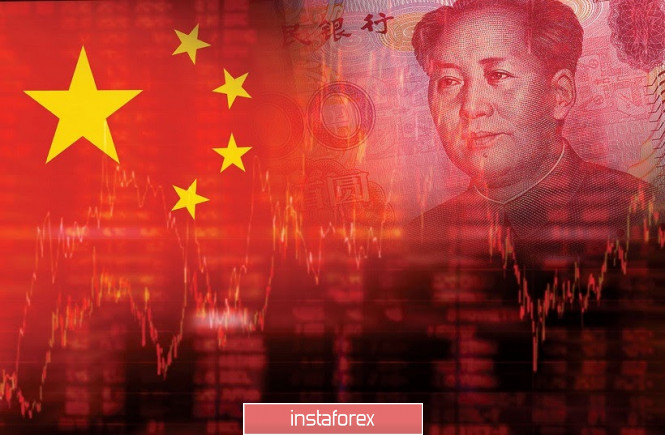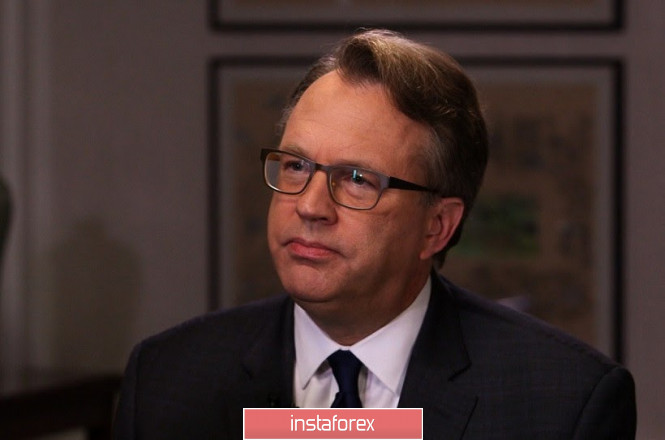The euro-dollar pair stayed within the 11th figure at the end of Monday: the bears still exerted some pressure during the European session, but the bulls completely seized the initiative during the US session. As such, there was no reason for price growth - traders fell under the influence of general optimism regarding the recovery of the world economy amid the ceasefire in a trade war.
The information that Washington abolished the status of a currency manipulator for China only strengthened the optimistic mood in the market, providing, in particular, support for the euro. But the dollar, in turn, continues to demonstrate vulnerability after the release of weak Nonfarm last Friday. Market participants are now worried about the US currency, especially in anticipation of data on the growth of December inflation in the United States (release is scheduled for today). Even the hawkish statements of the head of the Federal Reserve Bank of Boston, Eric Rosengren, did not help the bulls yesterday - firstly, this year he does not have the right to vote on the Committee, and secondly, many of his colleagues take a more restrained position regarding the prospects of monetary policy. Therefore, traders ignored his speech, focusing on the events of the external fundamental background, in anticipation of an inflationary release.

So, yesterday it became known that Washington no longer considers China a "currency manipulator" - the US Treasury Department excluded China from the list. The Finance Ministry also published a report according to which Beijing "agreed to take steps to reduce pressure on market mechanisms." The White House also expects that Chinese authorities will stop artificially keeping the RMB low, while opening up its market to foreign investors.
The devaluation of the renminbi has long provoked the anger of the White House, although Beijing did not tire of reassuring the Americans that it did not resort to competitive devaluation of the national currency. Nevertheless, Trump was confident that the PRC deliberately cheapens the national currency in order to neutralize (as far as possible) the effect of the new duties. In August last year, the yuan paired with the dollar for the first time in 11 years overcame the psychologically important level of 7.0. The yuan again became a weapon in the global trade confrontation. Earlier, China has already resorted to similar methods - for example, in August 2015, the PRC regulator pulled down the yuan against the dollar by more than five percent (from 6.209 to 6.447) in three days to stimulate declining exports. It was so unexpected that the indices of Asian and US exchanges fell by 1-2% in one day, responding to such a sharp move by the Chinese regulator.
Therefore, yesterday's news was perceived by investors with due optimism, and the yuan, together with the dollar, in turn, strengthened to six-month highs. This step by the United States was another confirmation that the ceremony of signing the first phase of the trade deal, scheduled for January 15, will nevertheless take place. Although, there were certain doubts on the eve of this - in one of his interviews, Donald Trump mentioned that the date of signing could be postponed, although he hopes to conclude a deal within the previously specified time.
The growth of a certain optimism in the foreign exchange market, especially amid an almost empty economic calendar, helped the EUR/USD bulls to stay afloat, that is, within the 11th figure. But today, the dynamics of the pair will be determined by macroeconomic statistics. First of all, we are talking about the release of data on the growth of US inflation. According to the consensus forecast, US inflation indicators should show positive dynamics in December. The general consumer price index should rise to 2.4% on an annualized basis and to 0.3% on a monthly basis. Core inflation, excluding food and energy prices, can also show low growth in monthly terms (up to 0.2%) and remain at the same level (2.3%) in annual terms. If the real numbers are below enough predicted values, the dollar may again fall under a wave of sales, especially in the light of rather weak Nonfarms.
Fed members John Williams (head of the Federal Reserve Bank of New York, has the right to vote on the Committee) can comment on the numbers published today. His speech will take place literally half an hour after the inflation release. He is a supporter of a wait-and-see attitude - at the end of December, he announced that he would prefer not to change rates "in the near future". Most likely, today he will voice similar rhetoric (this fact will only slightly affect the dynamics of the dollar). But if Williams suddenly softens his position, the US currency will be under significant pressure.

From a technical point of view, the EUR/USD pair is at a crossroads, stuck on the midline of the Bollinger Bands indicator on the daily chart. There are two ways: either to the support level of 1.1060 (the upper boundary of the Kumo cloud, which coincides with the lower line of the Bollinger Bands on D1), or to the resistance level 1.1220 (the upper line of the Bollinger Bands on the same timeframe). Today's release may prompt traders to implement one or another price scenario.
The material has been provided by InstaForex Company - www.instaforex.com